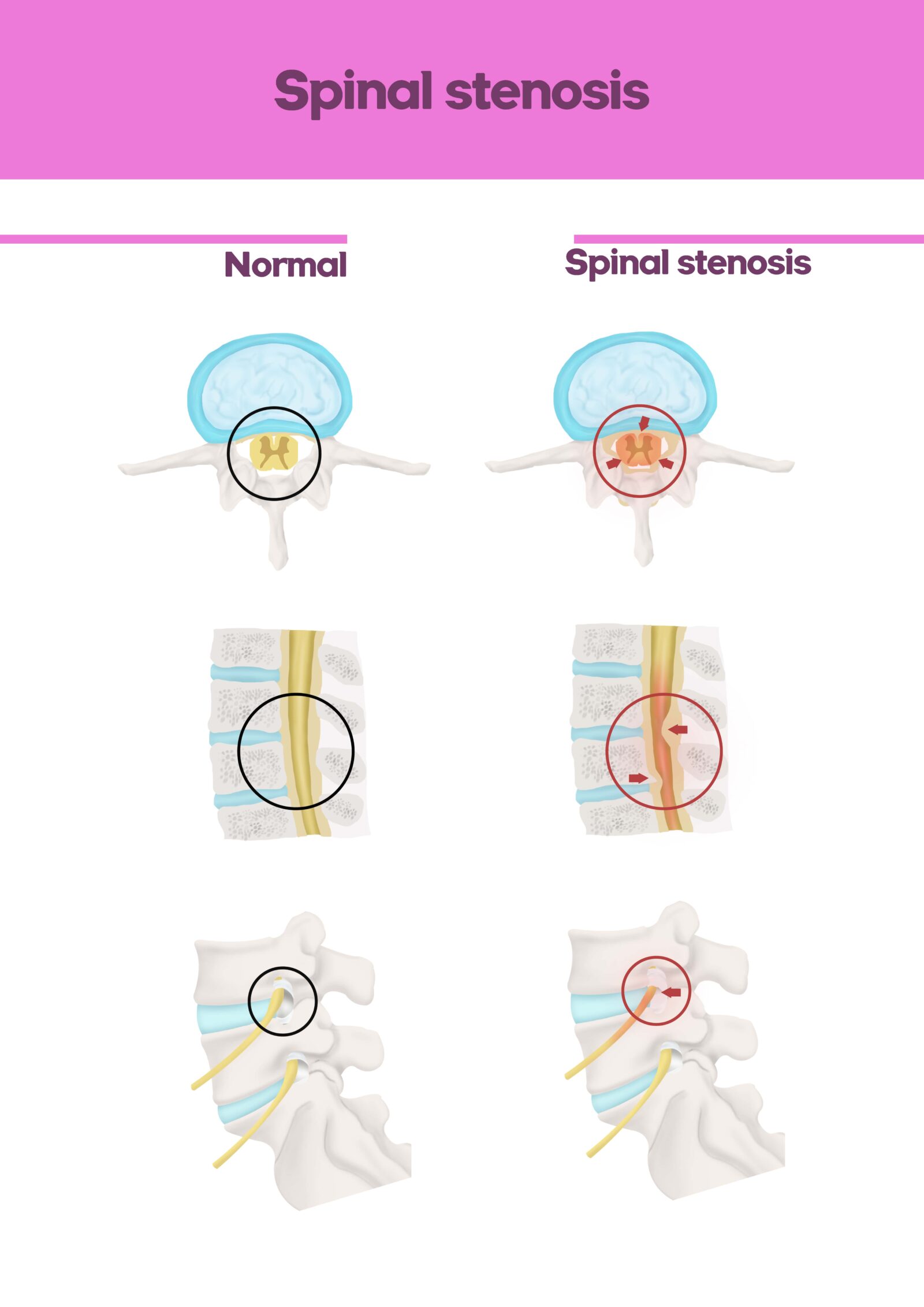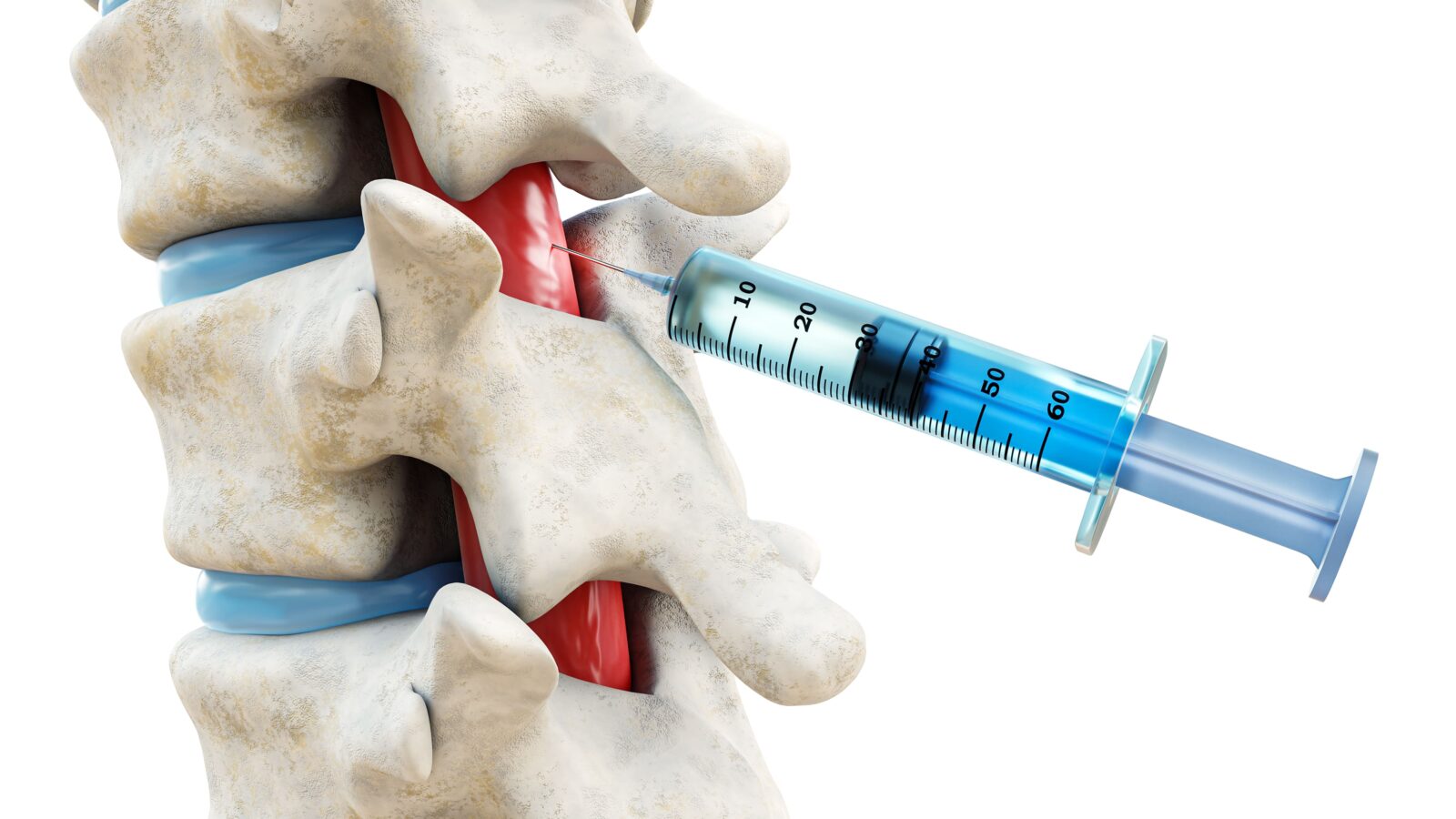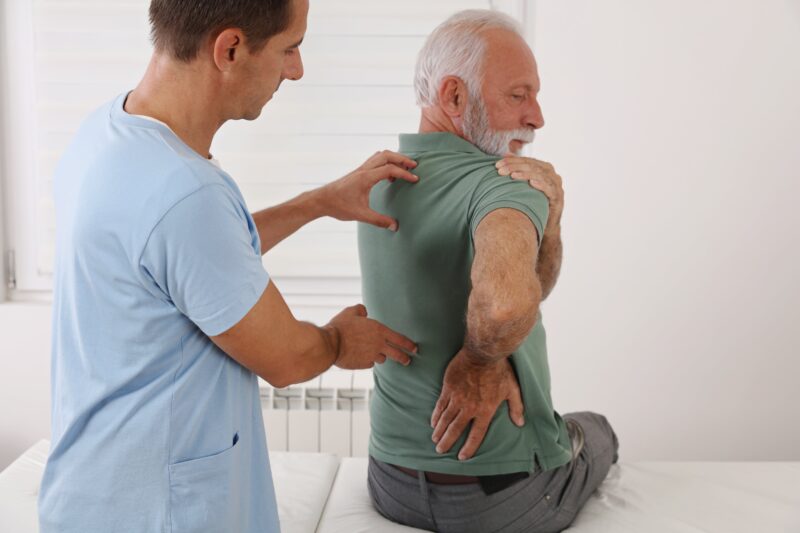Spinal stenosis is a common yet debilitating condition that affects many individuals as they age. It involves the narrowing of the spinal canal, putting pressure on the nerves and leading to pain, numbness, and weakness in the back and legs. While there is no one-size-fits-all approach to treating spinal stenosis, medical advancements have provided various treatment options to alleviate the symptoms and improve the quality of life for those affected. In this blog, we’ll explore the different treatments available for spinal stenosis, ranging from conservative measures to surgical interventions.
Understanding Spinal Stenosis:
Spinal stenosis is a medical condition characterized by the narrowing of the spinal canal or neural foramina (the spaces through which spinal nerves exit the spinal column). This narrowing puts pressure on the spinal cord and/or the nerves that travel through the spinal canal, leading to various symptoms and discomfort.
There are two main types of spinal stenosis:
- Central Spinal Stenosis: In this type, the central part of the spinal canal, which houses the spinal cord, becomes narrowed. This condition most commonly occurs in the lumbar (lower back) or cervical (neck) regions of the spine.
- Foraminal Stenosis: In foraminal stenosis, the neural foramina, which are small passageways on the sides of the vertebrae through which nerves exit the spinal column, become narrowed. This can affect the spinal nerve roots as they exit the spinal canal, leading to symptoms in specific areas supplied by those nerves.

Causes of Spinal Stenosis:
Spinal stenosis is typically caused by degenerative changes in the spine that occur with age. Some common contributing factors include:
- Osteoarthritis: The breakdown of cartilage in the spine can lead to the growth of bone spurs (osteophytes), which may encroach upon the spinal canal or neural foramina.
- Herniated Discs: Disks that act as cushions between vertebrae may bulge or herniate, resulting in compression of nearby nerves.
- Ligamentum Flavum Hypertrophy: The ligamentum flavum, a ligament that runs along the spinal canal, can thicken and become stiff, contributing to spinal narrowing.
- Congenital Conditions: Some individuals may be born with a narrower spinal canal, increasing their risk of developing spinal stenosis later in life.
Symptoms of Spinal Stenosis:
The symptoms of spinal stenosis can vary depending on the location and severity of the narrowing. Common signs and symptoms include:
- Pain: Individuals may experience pain in the back, neck, buttocks, or legs, depending on the affected area of the spine.
- Numbness and Tingling: Compression of nerves can cause sensations of numbness, tingling, or weakness in the arms, legs, or hands.
- Difficulty Walking: Spinal stenosis in the lumbar region can lead to difficulty with walking and balance, especially when walking for extended periods.
- Bowel or Bladder Dysfunction: In severe cases, spinal stenosis can lead to bowel or bladder dysfunction, though this is rare.
Conservative Treatments for Spinal Stenosis:
Physical Therapy:
Physical therapy is often the first line of defense in managing spinal stenosis. Skilled therapists tailor exercises to strengthen the core muscles, improve flexibility, and enhance posture. The goal is to reduce pressure on the spinal nerves and stabilize the spine, alleviating pain and enhancing mobility.
Pain Medications:
Nonsteroidal anti-inflammatory drugs (NSAIDs) and analgesics may be prescribed to manage pain and inflammation associated with spinal stenosis. While effective in the short term, these medications are not a long-term solution and should be used under a doctor’s guidance.
Epidural Steroid Injections (ESIs):
In cases of severe pain, corticosteroid injections can be administered directly into the affected area of the spine. These injections aim to reduce inflammation, providing temporary relief from pain and discomfort.
Spinal Injections:

Other spinal injections, such as facet joint injections and nerve root blocks, can also be used to manage symptoms of spinal stenosis. Facet joint injections involve injecting a local anesthetic and sometimes a corticosteroid directly into the affected facet joints. Nerve root blocks involve injecting medication, often a local anesthetic and a steroid, around the specific nerve root that is being compressed or irritated. Both types of injections can help to relieve pain and improve mobility.
Assistive Devices:
Devices like back braces and canes can provide support to the spine, reducing pressure on the nerves and allowing individuals to maintain their mobility.
Minimally Invasive Procedures for Spinal Stenosis:
Laminectomy:
A laminectomy is a surgical procedure that involves the removal of part of the vertebrae called the lamina, thereby creating more space for the compressed nerves. It is often performed to relieve pressure caused by spinal stenosis.
Foraminotomy:
This procedure aims to widen the openings (foramina) where spinal nerves exit the spinal column. By enlarging these spaces, pressure on the nerves is alleviated.
Interspinous Spacer:
In cases of lumbar spinal stenosis, an interspinous spacer may be implanted between the vertebrae. This device keeps the space between the vertebrae open, reducing pressure on the nerves.
Endoscopic Surgery:
Minimally invasive endoscopic techniques involve using tiny incisions and specialized instruments to address spinal stenosis. This approach reduces the recovery time and risk associated with traditional open surgery.
Open Surgery for Spinal Stenosis:
Spinal Fusion:
For more severe cases of spinal stenosis, spinal fusion may be recommended. This surgical procedure involves permanently connecting two or more vertebrae to stabilize the spine. By eliminating motion between the fused vertebrae, this procedure aims to reduce pain and nerve compression.
In some cases, the above minimally-invasive approaches can also be performed as open surgeries. However, conservative treatment and minimally-invasive approaches are always prioritized over open surgeries. The best way to determine which treatment is right for you is to schedule a consultation with a spinal specialist who can evaluate your individual case.
In Conclusion
Spinal stenosis can significantly impact an individual’s quality of life, making even simple daily activities a challenge. Thankfully, advancements in medical science have provided a range of treatments to alleviate pain and improve mobility for those affected by this condition. The choice of treatment depends on the severity of the stenosis, the individual’s overall health, and their specific needs and preferences.
For individuals experiencing symptoms of spinal stenosis, it is essential to consult a healthcare professional promptly. A comprehensive evaluation will help determine the most appropriate treatment plan, considering both conservative approaches and surgical interventions. With the right treatment, individuals can find relief from the pinch in their back and regain the ability to enjoy life to the fullest.










